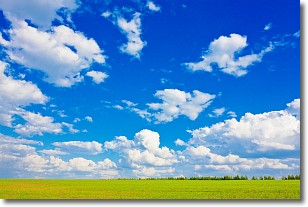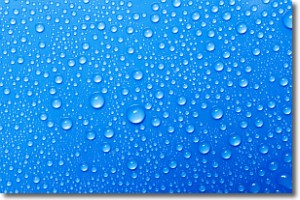Weather Alert in Iowa
Flood Watch issued July 11 at 10:05PM CDT until July 17 at 7:00AM CDT by NWS Quad Cities IA IL
AREAS AFFECTED: Des Moines; Lee; Henderson; Hancock
DESCRIPTION: ...The Flood Watch is extended for the following rivers in Illinois...Iowa... Mississippi River at Gladstone LD18 affecting Henderson and Des Moines Counties. Mississippi River at Burlington affecting Henderson, Hancock, Lee and Des Moines Counties. * WHAT...Flooding is possible. * WHERE...Mississippi River at Burlington. * WHEN...From Monday morning to Thursday morning. * IMPACTS...At 15.0 feet, Agricultural flooding occurs. * ADDITIONAL DETAILS... - At 8:00 PM CDT Friday the stage was 14.0 feet. - Forecast...Flood stage may be reached Monday morning. - Flood stage is 15.0 feet.
INSTRUCTION: If you are in the watch area, remain alert to possible flooding. Residents and those with interests near the river should monitor rising water levels and be prepared for possible flood warnings. The next statement will be issued by Saturday evening at 1015 PM CDT.
Want more detail? Get the Complete 7 Day and Night Detailed Forecast!
Current U.S. National Radar--Current
The Current National Weather Radar is shown below with a UTC Time (subtract 5 hours from UTC to get Eastern Time).

National Weather Forecast--Current
The Current National Weather Forecast and National Weather Map are shown below.

National Weather Forecast for Tomorrow
Tomorrow National Weather Forecast and Tomorrow National Weather Map are show below.

North America Water Vapor (Moisture)
This map shows recent moisture content over North America. Bright and colored areas show high moisture (ie, clouds); brown indicates very little moisture present; black indicates no moisture.

Weather Topic: What are Cumulus Clouds?
Home - Education - Cloud Types - Cumulus Clouds
 Next Topic: Drizzle
Next Topic: Drizzle
Cumulus clouds are fluffy and textured with rounded tops, and
may have flat bottoms. The border of a cumulus cloud
is clearly defined, and can have the appearance of cotton or cauliflower.
Cumulus clouds form at low altitudes (rarely above 2 km) but can grow very tall,
becoming cumulus congestus and possibly the even taller cumulonimbus clouds.
When cumulus clouds become taller, they have a greater chance of producing precipitation.
Next Topic: Drizzle
Weather Topic: What is Evaporation?
Home - Education - Precipitation - Evaporation
 Next Topic: Fog
Next Topic: Fog
Evaporation is the process which returns water from the earth
back to the atmosphere, and is another crucial process in the water cycle.
Evaporation is the transformation of liquid into gas, and it happens because
molecules are excited by the application of energy and turn into vapor.
In order for water to evaporate it has to be on the surface of a body of water.
Next Topic: Fog
Current conditions powered by WeatherAPI.com




